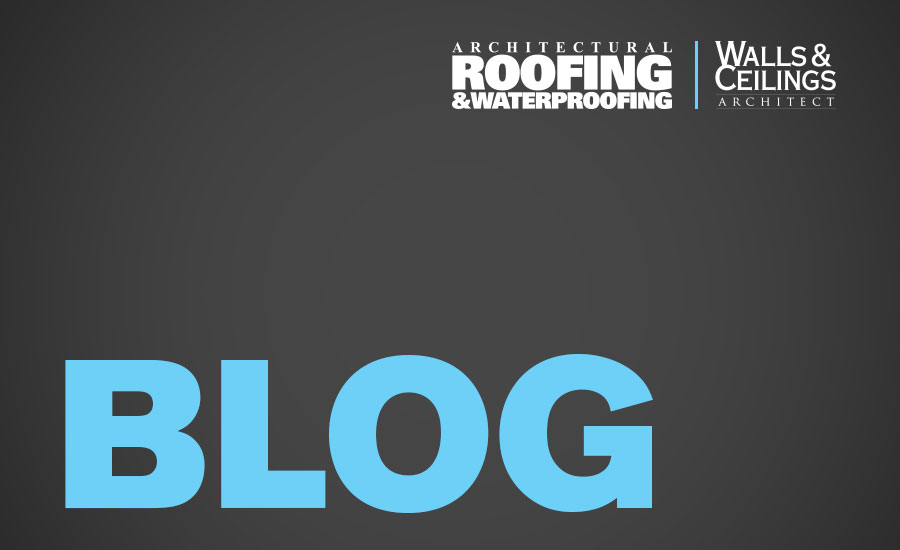The biggest cost issue that is transpiring from the changes in the roofing industry is water flow on the roof's surface. There has never been a debate regarding the fact that ponding of water on the roofs surface is detrimental to the long term performance capabilities of the system. The industry firmly states that the roof surface should be free of ponded water within 48 – 72 hours after precipitation. This is a requirement of most system manufacturers’ roof warranties.
To assist in this process the slope of the roof deck should be a minimum of ¼-inch per foot as directed by the major building codes. New construction may also include slopes in excess of ¼-inch per foot to further aid in proper drainage. Existing structures – particularly the older large expansive industrial facilities – were constructed with nearly dead-level slopes, which propagated ponding water. The bitumen systems that we relied on as waterproofing protection for hundreds of years were not as adverse to ponded water as the current membranes. Therefore, substantial artificial sloping methods were rarely required.
Well, the times have changed. When the kettles were chased away and the smoke cleared we were left with a plethora of new roof membranes that cannot withstand long-term exposure to water. (Troubling? Yes, that is a discussion for another day). So to eliminate ponded water there are a couple of choices; add drains or the use of tapered insulation is required.
This is the fun part. Tapered insulation is extremely expensive. A 30,000 sq. ft. project we recently bid out required over $100,000 for tapered insulation.
Prior to design, you should consult with a roofing professional to add tapered insulation to your budget costs before the owner drowns you with obscenities when the bids are received.
